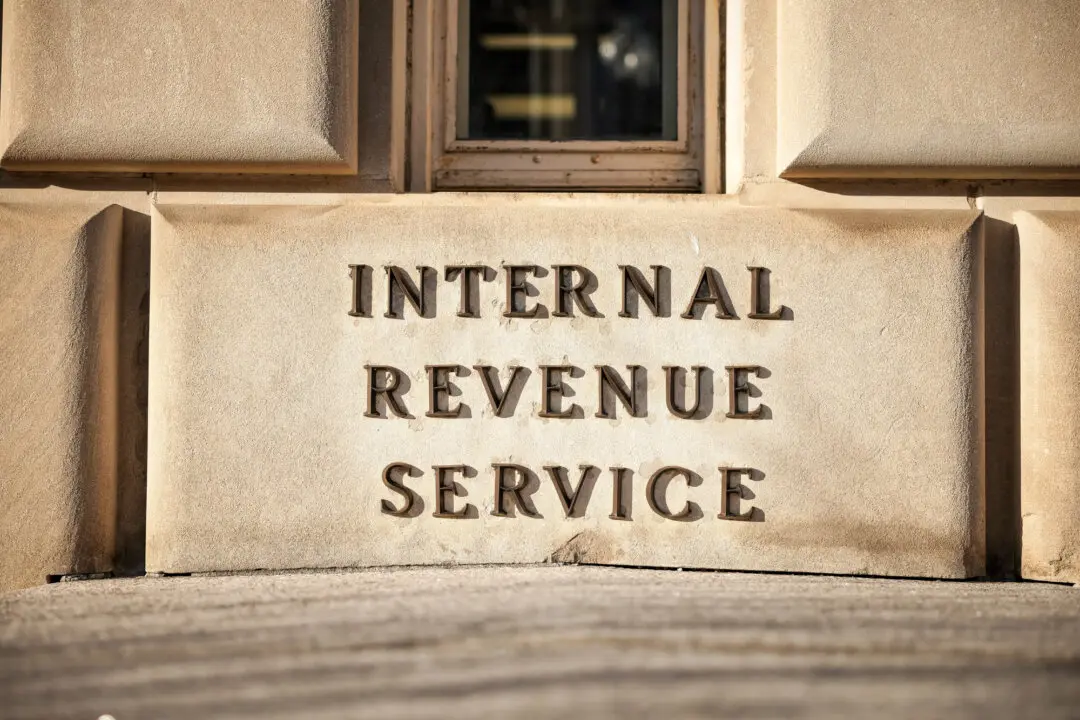Wells Fargo said in newly released economic forecast for 2022 that it expects inflation to cool somewhat next year, while warning there’s a risk that COVID-19 interruptions and supply-chain disruptions could trigger “self-sustaining” wage and rent gains and lead to persistent inflation.
Consumer spending is expected to be the main driver of U.S. economic strength next year, with continued reopening likely to provide a boost to frontline service industries that were hit hardest by the pandemic, the Wells Fargo team said in the report, released Dec. 8.





